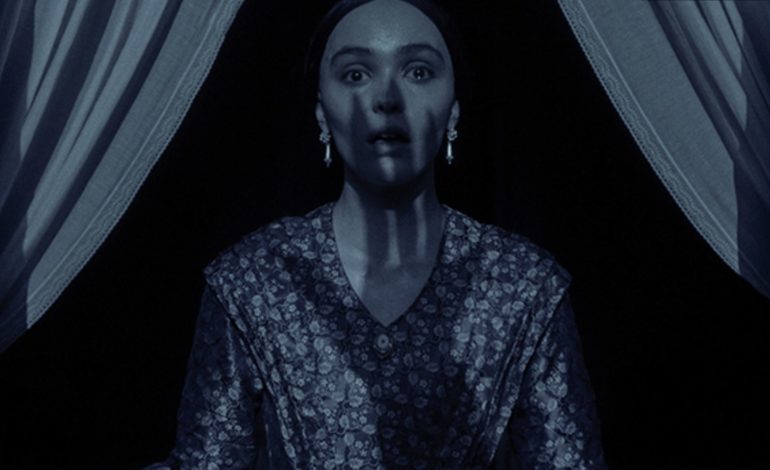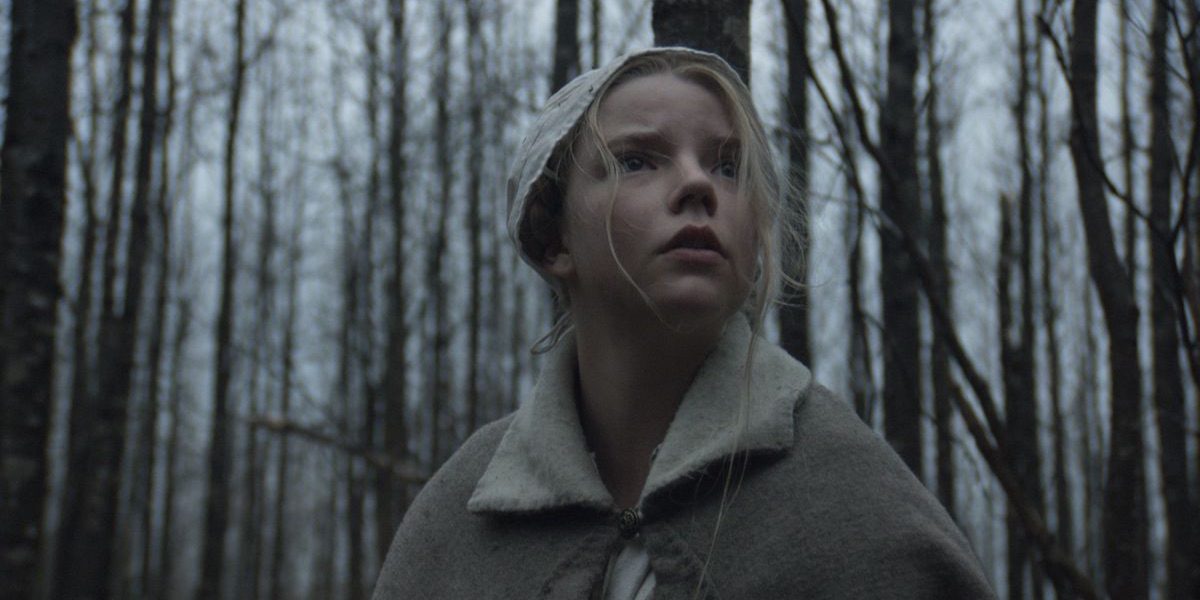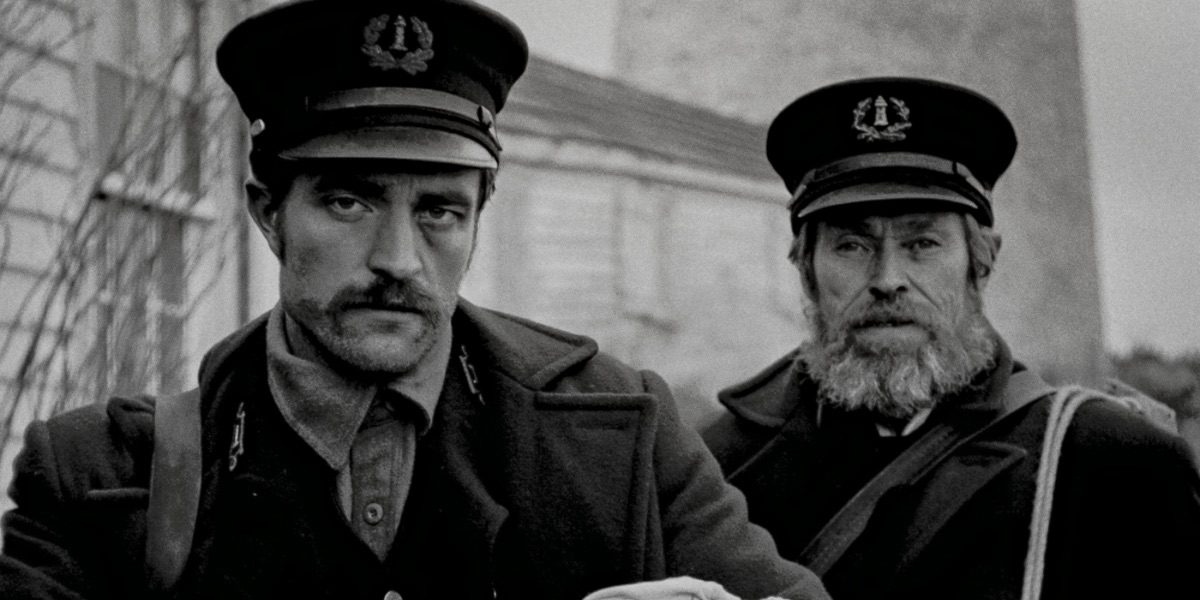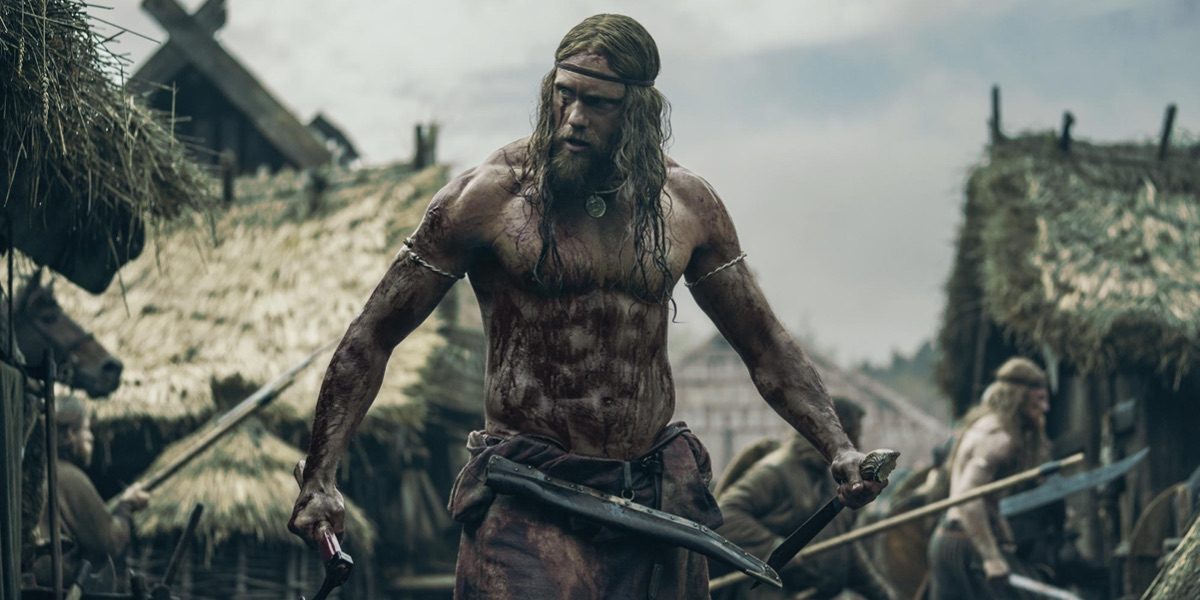

After the recent release of Robert Eggers’ Nosferatu remake—an adaptation of an adaptation of the Dracula story with just enough changes so Bram Stoker’s estate couldn’t sue (it didn’t work)—The Eggman has once again solidified his place as one of the best directors working today as well as a name that can help roll in the money at the box office, even when going up against a Disney franchise film and a Sonic movie with Jonathon Harker himself, Keanu Reeves. Even though he’s only made four movies—over the span of eight years, which is impressive considering the level of practical detail that goes into all of his films—every film he’s made, which includes The Witch, The Lighthouse, The Northman, and Nosferatu, have all received critical acclaim, with Nosferatu having the lowest-scoring on Rotten Tomatoes with a still respectable 85%.
While Nosferatu may be dark, twisted, and weird, it may be his most accessible film. It also answers the age-old question of what it would look like if a monster like Count Orlok just let it hang like Dr. Manhattan. You know what’s crazy? That was a prosthetic, which means for potentially weeks on end, a team had to bring that to life. The team involved were professionals, but you know there were days where they were quietly snickering and debating whether they were getting paid too much or not enough. Even so, from The Witch to Nosferatu, there’s a subtle trend in Eggers’ filmography that displays a steady progression of becoming more accessible to wider audiences. It appears that as his films progress, the stories become more straightforward with fewer abstractions, the language more decipherable, and the movies as a whole seem to have more crowd-pleasing sensibilities.
If you saw The Witch—sorry, The VVitch—in 2016, would you ever assume that the filmmaker behind it would become widely appreciated by both film snobs and general audiences alike? Probably not. This isn’t to say that it wasn’t good, but it was very much a movie made for people who are into that sort of thing. That being a slow-moving suspense period horror film. It’s like the prototypical mascot of A24 films, with its slow pace, vile imagery, and an artistic edge that would imply the studio gave the filmmaker some rope. It’s the type of movie where you’ll either think it’s insanely enthralling or the most boring thing you’ve ever seen. And that’s it; there was no shading in the middle for lukewarm opinions.


Between its pacing and dialogue being spoken entirely in Jacobean English dialect—thanks, The Internet!—it’s understandable that the film would be lauded by critics but divisive for audiences. It’s a precursor for audience perceptions of Eggers’ work, considering if you look at Google reviews, all his movies are heavily rated five stars or one star with a few scattered ratings in the middle. It set the stage for what audiences expect from Eggers, like intense attention to detail for historical authenticity, grotesque imagery, and not shying away from killing kids when the movie calls for it. You know, the obvious hallmarks of a filmmaker whose movie posters have film festival laurels and quotes from glowing reviews…even when the posters occasionally forget the title.
For his sophomore outing, Robert Eggers wanted the tone of The Lighthouse to be different from his debut, as he mentions in the film’s commentary track, “After making The Witch so miserable and self-serious, I thought that if I was going to explore misery again, I would want to laugh at it,” The story itself is much lighter—relatively speaking—and while The Witch was a straightforward horror film, The Lighthouse is like a messed-up hangout movie with the two leads, played by Robert Pattinson and Willem Dafoe—Pattinson’s character’s name changes from Ephraim to Tom halfway through, and since both character’s names are Tom and the script credits them as Young and Old, to avoid confusion, we’re just going to address the characters by the actors’ names from here on out.
Even the summary paragraph for the movie’s Wikipedia page can be summed up as, I don’t know, you figure out what this movie is. Is it a horror film, a character study, or an abstract film? The answer is yes. That being said, there’s too much phallic imagery to say this movie takes itself too seriously. That shot of the titular lighthouse going from upside down to upright is straight out of Austin Powers, and it also answers the question that no one but Eggers would think to ask: what does mermaid anatomy look like? It’s somehow more gross than you’d expect, but that’s no reason for all that shark research to go to waste.


Some might disagree, but for all of the weird visuals and how off-the-rails the film gets, the story itself is very straightforward. It’s just a guy who’s exhausted and isolated on an island with his boss, whom he can’t stand, and he’s slowly going insane. You can read into what all the weird moments symbolize, like a naked Willem Dafoe staring at Robert Pattinson with spotlight eyes, anything with the mermaid, and especially the ending, but if you don’t want to, you can just observe them as bizarre imagery, since it’s all just set dressing to build off the story and characters. Even the dialogue is considerably easier to follow than its predecessor, trading Jacobean English for 19th-century New England dialect—Steve Rogers was right; the internet really is so helpful—that being said, with how thick the leads’ accents are, like Dafoe’s pirate voice and Pattinson talking as if his character from Good Time grew up with the cast of Good Will Hunting, subtitles for a first viewing wouldn’t hurt. It’s also black and white and in a 4:3 aspect ratio, so if you liked the Justice is Gray version of Zack Snyder’s Justice League, they’re basically the same movie. (Note: Once that sentence facetiously went out into the world, millions of Robert Eggers fans felt a sudden surge of rage and had no idea why.)
By the time The Northman came around in 2022, that’s when it became clear that Eggers had a desire to expand the scale of his films but also the style of them as well. The Northman isn’t a horror film; it’s a revenge epic with Vikings sprinkled in, and for all the bizarre imagery presented, like the Skeleton Knight, the dog ritual, or the seance, you know it’s likely grounded in Norse mythology or documented historical accounts. It’s also the one that, out of all of his films, is probably the one with the least amount of deeper thematic elements regarding character motivation. The lead character, Amleth (Alexander Skarsgård), can be summed up with his oft-quoted line, “I will avenge you, Father. I will save you, Mother. I will kill you, Fjölnir.” The movie finds some shading, so he’s not totally flat, but he’s a straightforward character with a clear goal and understandable motivation, which is more than you can say about the leads in Eggers’ previous film, like Pattinson, whose backstory is intentionally left vague and is revealed as the film progresses, and Dafoe, whose background is left ambiguous to help add to the paranoia of Pattinson’s mental state.
The original legend of Amleth was also the inspiration for the story of Hamlet, so Eggers co-wrote a story that was adapted from a mythic legend that inspired a story that everyone knows, if only through osmosis…or by watching Disney’s abridged animated version with lions. So, even if he’s doing his own take on it, he’s still working on something that people will likely be able to figure out where the basic story will go, even if it’s on a subconscious level. There’ll be twists and turns, but it still has that safety net of familiarity. If you can say with a straight face that you knew where the stories of The Witch or The Lighthouse would end up, you’re remarkably talented at lying.


Word of mouth and clever marketing always seem to be on Eggers’ side. Every film of his makes more than the previous one and they always make their money back, thanks in part to having small budgets. Before Nosferatu, The Northman was Eggers’ biggest box office pull of nearly $70 million, and people tend to forget that because it underperformed relative to its budget, but that’s still a lot of money for a film that’s not overtly based on a pre-existing IP, and it ended up making a good chunk of change from digital rentals and Blu-ray sales, so everything worked out in the end.
For a while, The Northman was the easiest of Eggers’ films to recommend because it had all the elements that make his films engaging but without the stigma of being in the horror genre, which can be an immediate turn-off to some people. It’s tonally closer to Gladiator than something like The Shining, and honestly, if you don’t believe that Eggers wanted to make a movie with the intention of making people happy, the film literally ends with two dudes with swords fighting to the death on the side of an ACTIVE VOLCANO! At that point, there are no delusions about the film’s intentions; that is objectively badass, and more movies should include that in their finales regardless of context.
With his recent vampiric venture, it’s safe to say that Eggers has securely gone over the troubled waters of whether his films can appeal to a broader audience. Whereas The Northman is grounded in a story that people are familiar with, everyone knows the iconography of Nosferatu. Even if you haven’t seen the original or the Werner Herzog remake, you know the iconic design of Max Shreck as Count Orlok—especially if you grew up with Spongebob—and since the source material, as previously mentioned, was an adaptation of Dracula, both fans of Eggers and the general horror film-loving public were ready and waiting for the film’s arrival.


As mentioned in the beginning, as twisted and dark as the film gets, it may be Eggers’ most easily digestible film, if not just for the familiarity of the basic plot structure but also the story’s pacing. Eggers’ style has been compared to Stanley Kubrick, and the one thing you can say about Kubrick is that he wasn’t afraid to take his time with the flow of a film. Eggers works similarly in his willingness to let a moment breathe to take in the atmosphere and/or build tension. He’s not as methodical with his pacing as someone like S. Craig Zahler—whether it’s the onboarding process of entering a prison or Vince Vaughn eating a sandwich, Zahler will show any scenario in its entirety if he feels like it—but Eggers will let a scene go to its natural conclusion and then keep going until you’re fidgeting in your seat. Like Dafoe monologuing as he puts a curse on Pattinson in The Lighthouse—which is almost entirely one long run-on sentence—or Pattinson bludgeoning a seagull to death for way longer than you would expect. That being said, Eggers’ budgeting of time never feels self-indulgent, and in Nosferatu, the pacing feels so much more precise and sure-footed. Scenes always keep the story moving or help build character, and it never gets boring.
Part of why it never gets dull is the film seems to adhere to the screenwriting rule of a scary moment or piece of action every ten minutes. While his other movies took their time and were pretty sporadic with how things would play out—something like The Northman had action scenes, but you wouldn’t call it an action movie—Nosferatu has no qualms about filling the horror movie quota of scares per minute. Not to sound reductive, but it’s as if Robert Eggers made a studio horror film but did it his way and on his own terms. The film has jump scares, but their accompanying visuals are genuinely disturbing, with many surrounding the titular vampire. While there are elements that make it feel like a standard horror film—many pointed out that it’s like an Exorcist film in the second act—the film still manages to carry over a surprising level of scale from The Northman. At one point, the plague comes to the town of Wisborg, where the characters live, and the stakes of the pandemic consuming the town feel appropriately chaotic and bordering on apocalyptic. Bigger doesn’t always mean better, but in this case, it adds a necessary amount of weight and conflict to make the story feel like there’s more at stake than just a vampire lurking around.
After The Witch, Eggers could’ve easily fallen into the trap of making aggressively niche horror films that likely get high critical scores but alienate most viewers. Instead, he’s constantly experimenting with the kinds of films he wants to make, always keeping them visually interesting, and attracts the attention of respectable actors because they know he’ll give them impeccable material to work with. Even him doing a remake of a famous film could’ve come across as cynical and cash-grabby, but the execution of the final product makes it feel fresh, and it comes from a place of veritable love for the original and excitement to be able to do his own take on the story. Across all four of the films he’s made, Eggers seems to be constantly evolving as a filmmaker, and based on the success of Nosferatu, it’s highly likely that he’ll continue having projects in the works and the creative freedom to make them the way he wants. If the first decade of his career is any indicator of what he has in store, and his ability to adapt and flow proceeds as it has already, he may just go down as one of the great modern filmmakers.
